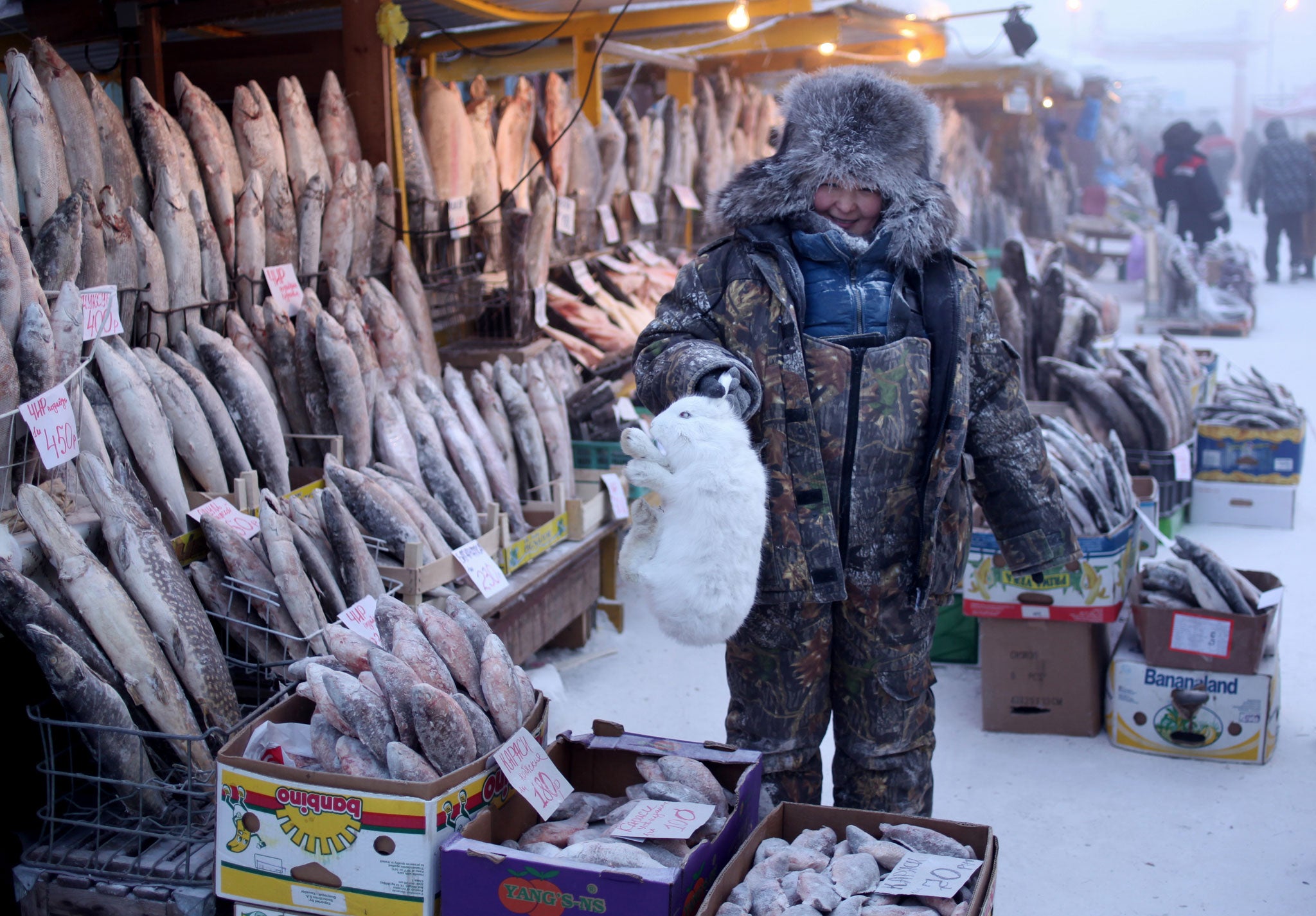Amos Chapple's images of Yakutsk in Russia shows locals go about their daily lives in temperatures as low as -50C
Yakutsk is generally considered to be the coldest city in the world

Your support helps us to tell the story
From reproductive rights to climate change to Big Tech, The Independent is on the ground when the story is developing. Whether it's investigating the financials of Elon Musk's pro-Trump PAC or producing our latest documentary, 'The A Word', which shines a light on the American women fighting for reproductive rights, we know how important it is to parse out the facts from the messaging.
At such a critical moment in US history, we need reporters on the ground. Your donation allows us to keep sending journalists to speak to both sides of the story.
The Independent is trusted by Americans across the entire political spectrum. And unlike many other quality news outlets, we choose not to lock Americans out of our reporting and analysis with paywalls. We believe quality journalism should be available to everyone, paid for by those who can afford it.
Your support makes all the difference.If you've been bemoaning the current chill across the UK, spare a thought for the people of Yakutsk in the far east of Russia, where locals go about their daily lives in temperatures that drop as low as -50C in February. Factor in three scant hours of daylight and a 10m visibility limit because of freezing fog and it makes our winters seem almost balmy.
Generally considered to be the coldest city in the world, Yakutsk drew Amos Chapple from the more agreeable climate of his native New Zealand to shoot a series in the early winter months of 2014.
Tourists being a rarity in these parts, his subjects, including this fishmonger who works outside the entire day, were only too willing to pose.
"She happily stood for one picture, then had an idea. She rustled around in a box and brought out the hare for me to photograph," says Chapple, 32.
"The wilderness of Russia is treated as a bit of a lucky dip. If people see something moving in the tundra, they kill it, then either eat it or sell it. The fishmonger told me the hare was spotted by some fishermen who were able to shoot it. It is frozen solid, like everything on sale in the market; the butchers in the region use hacksaws to cut meat."
Chapple hopes that his photographs of far-flung extraordinary destinations will inspire those who see them to go on their own adventures in unusual places. "The world is a great place – there is a lot to explore," he says. "We're generally living in a good time to be alive – despite the frightening headlines."
For more: amoschapplephoto.com
Join our commenting forum
Join thought-provoking conversations, follow other Independent readers and see their replies
Comments